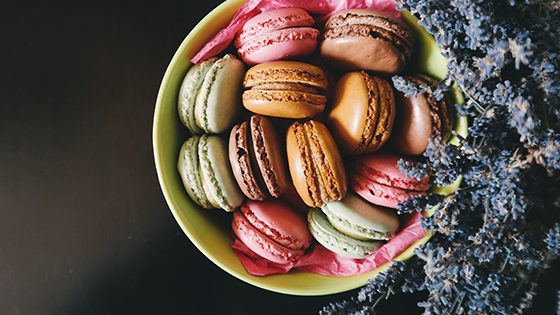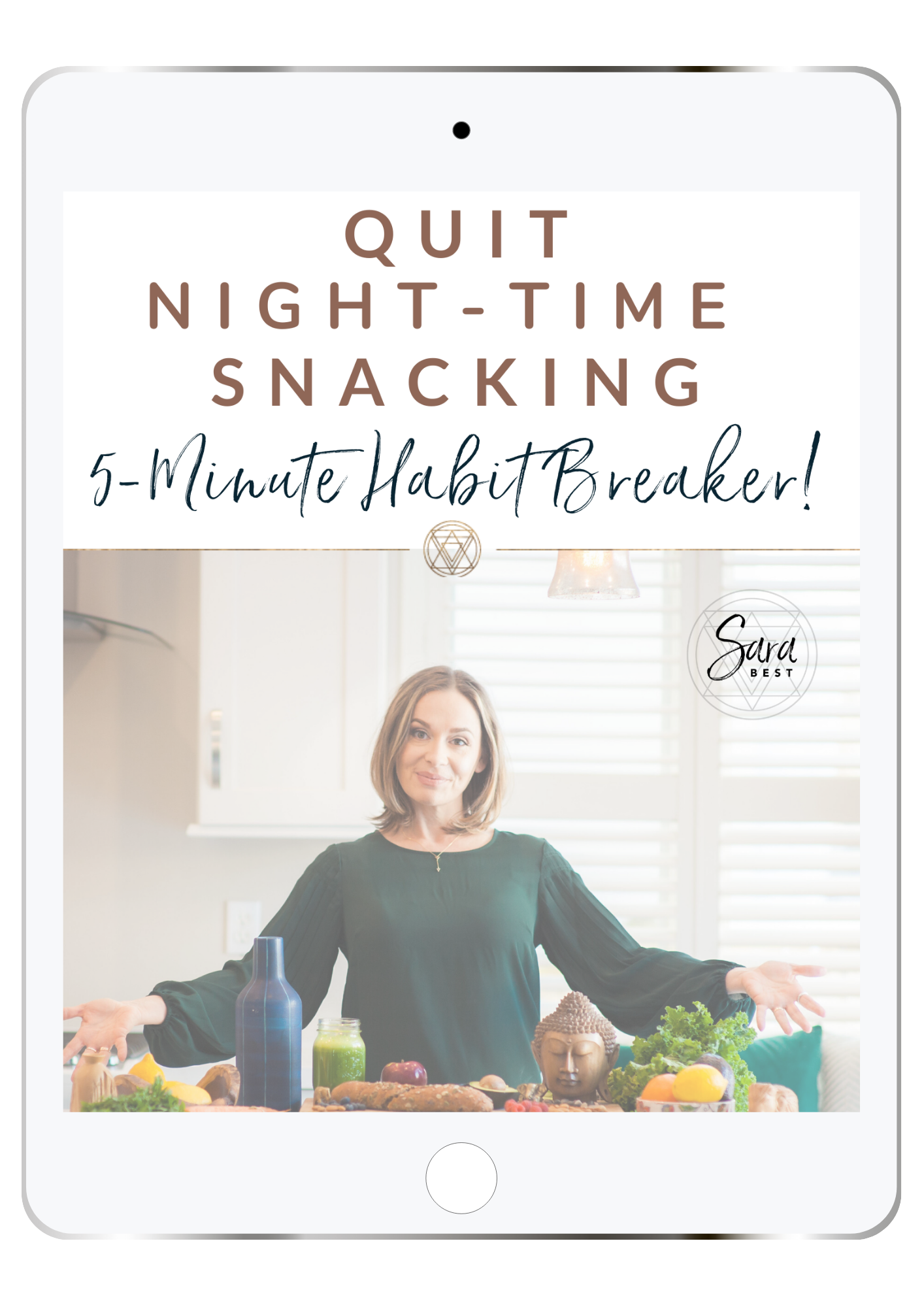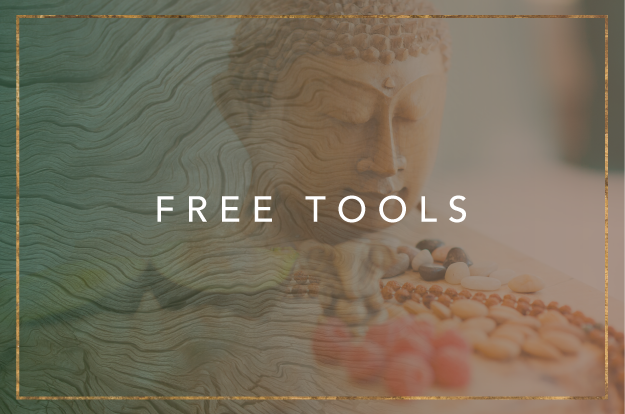
You’ve probably heard about the neurotransmitter called dopamine.
Many people make the mistake of thinking that dopamine is a “feel good chemical” and that the reason we crave things like ice cream, gambling, potato chips or shopping is because they light up the dopamine receptors in our brains and makes us feel great!
Well, that’s only partly true.
Our brains do love sugar, fat, binging slot machines and new shoes and they do light up the dopamine receptors in our brain like a Christmas tree, but that doesn’t make us feel good.
That makes us feel like we’re just about to feel good.
Let me explain.
Dopamine is part of the prehistoric (or reptilian) reward centre of your brain. The prehistoric parts of your brain are all focused on one thing – keeping you alive long enough to pass on your genetic material and allow mankind to carry on.
This is the part of your brain that manages your “fight or flight” response (keeping you from being eaten by a lion). It allows you to automate simple tasks like walking and brushing your teeth to allow you to put your thought energy towards more complex issues (like hunting and gathering). And it helps you put meaning to symbols (so you know where to find food and water and remember where the poisonous berry bush is).
So, since dopamine is part of this prehistoric area of the brain, it’s not interested in making you feel good (what would be the evolutionary point of that?). It’s interested in making you feel like you’re just about to feel good.
Dopamine’s primary function is not to make us happy, but rather to make us pursue happiness. Dopamine is there to get you to ACT!
The promise of happiness – not the actual experience of happiness – is the brain’s strategy to keep you hunting, gathering and working.
If you were feeling all satisfied and content, you would stop hunting and gathering and (in caveman days) you’d probably just sit around feeling satisfied until you starved to death.
Not useful.
So, when the reward system of your brain is activated, either by eating sugar or fat, or by swiping your credit card through the machine at the shoe store, or by making a bet at the blackjack table, those dopamine receptors in your brain do light up.
But they’re not screaming, “This feels great!” They’re screaming, “Do this again! This will make you feel great!”
Similar but very, very different.
Instead of feeling satisfied, content and happy, you just feel like you want MORE.
Think about it…
How often, after giving in to the craving for chocolate ice cream or French fries do you feel happy, content and satisfied?
Or how often, after buying the shoes or handbag do you feel like you don’t want to buy anything else?
Or how often, after winning a few dollars at the slot machine do you feel like you want to head off to bed?
And how often to you feel guilty, anxious and like you still want MORE?
Welcome to the dopamine trap.
According to Kelly McGonigal, author of The Willpower Instinct, “When we are under the influence of dopamine we are driven to chase pleasure, but often at the cost of our well-being. When dopamine puts our brains on a reward-seeking mission, we become the most risk-taking, impulsive, and out-of-control version of ourselves.”
Sound familiar?
So what’s the solution? This part of our brain has largely been running the show since before we had fire figured out. How can we outsmart it now?
Two things: First, figure out the things that ACTUALLY leave you feeling happy and satisfied, and second, mindfulness!
First, pay attention to the things in your life that actually DO make you feel good. These are usually things like spending time with people you love, exercise, being outdoors, yoga, reading, creative arts, etc. They may not immediately light up the dopamine receptors, but they actually DO lead to deep feelings of happiness and satisfaction – the reptilian part of your brain just doesn’t know it yet.
Second, become more mindful of when the dopamine receptors in the reward centre of your brain are calling the shots and making you believe that something is going to make you feel amazing, but will actually leave you feeling guilt, shame, anxiety and wanting more.
According to McGonigal, “There is growing evidence that when people pay close attention to the experience of false reward, the magic spell wears off. If you force your brain to reconcile what it expects from a reward (happiness, bliss, satisfaction) with what it actually experiences (guilt, shame, anxiety) your brain will eventually adjust its expectations.”
When you’re craving the chocolate brownie so much that you can’t focus on anything else, remind yourself about what’s really going on up there. Remember, that your dopamine receptors are interested in keeping you craving, not giving you satisfaction.
If you want to learn more about how to literally reprogram your brain and the way it THINKS about food, join us starting September 21 for my free 5-Day Magnify Your Motivation and Supercharge Your Willpower Challenge. Each day for 5 days you’ll receive a short email from me that will offer a simple exercise that you can try that day. You’ll be amazed at how these simple strategies can dramatically shift your relationship with food!





This is exactly what I have learned over the past months! When I started to challenge the cravings with the question of “is this what I really want?” and I followed up with mindful thoughtfulness, I realized that “no, this is not what I really want!” What I really want is comfort, or sleep, or a hug, etc. That’s when I could really cater to myself without guilt and either get in the tub for a soak, cuddle up with tea and favorite book, take a nap, etc. Thank you for this very insightful post, Sara.
Wonderful Donna! I’m so happy to hear that!